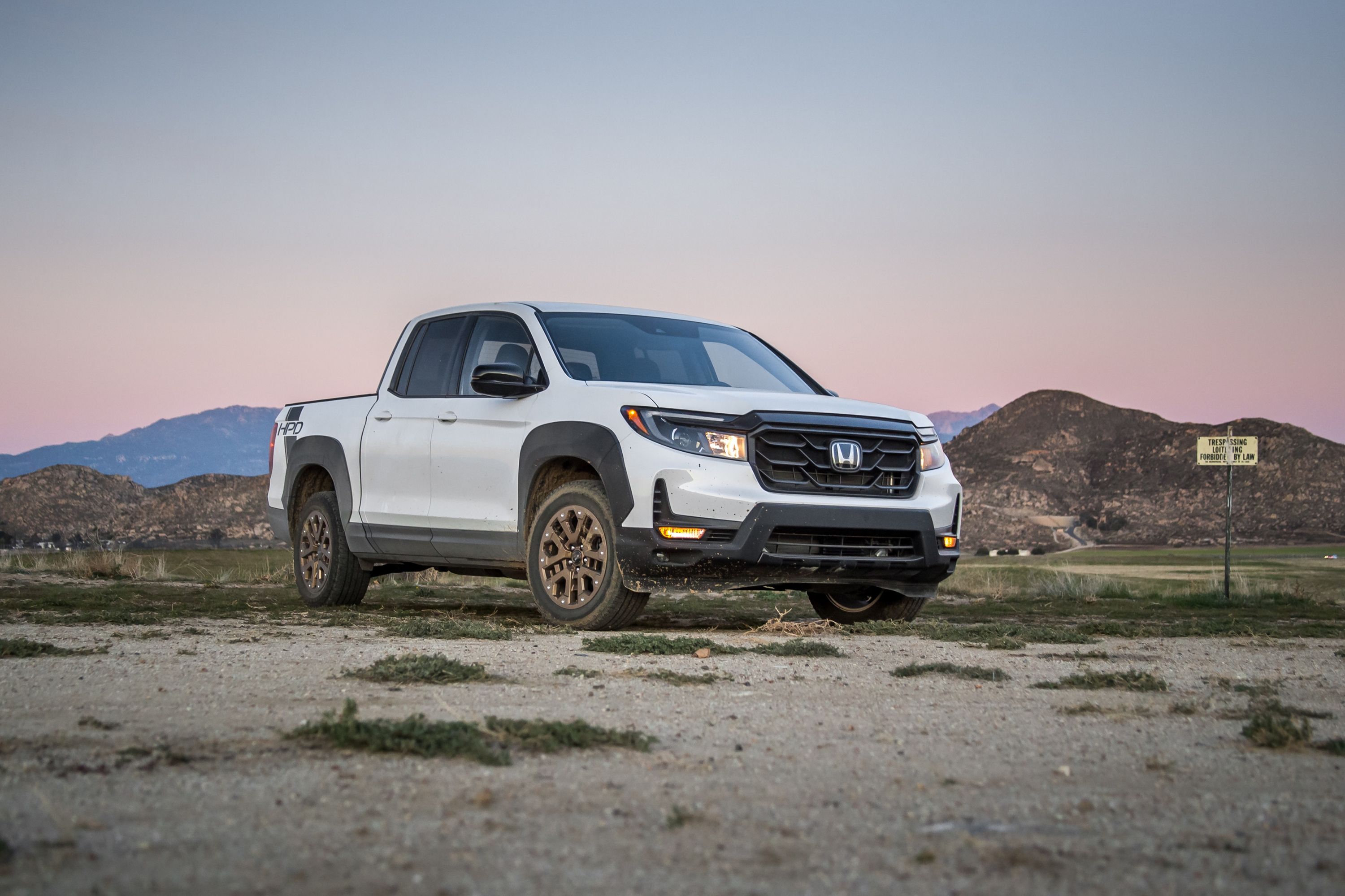
If you're a keen follower of all things Hoonigan, you're undoubtedly aware of the Honda IndyTruck project. But, if you're not, allow us to fill you in. The team has challenged itself to build a Honda Ridgeline powered by a 700-horsepower V6 engine from an IndyCar racer. As you'd expect, fitting a truck with this powerplant came with plenty of challenges, but the Hoonigan crew is pulling it off.
In the latest video installment, the team sets about transferring various components from an Acura NSX onto the custom truck to ensure it handles brilliantly. But before Hoonigan can do that, the mid-engine sports car and mid-engine pickup need to be scanned to see if everything measures out for fitment on the truck.
With the scans out of the way, the team can get on with designing the front subframe. Boxes of NSX front suspension parts arrive, ready to be fitted to the Ridgeline build.
The Ridgeline's bucket seats also arrive for fitment. While it sounds counterintuitive - fitting the racing seats so early - it enables the team to determine where the rest of the interior bits will go - "as soon as you put your seats in, then you can start locating everything else. We're right at the stage where we're going to make the main roll structure."
The roll cage is also fitted at this stage and fits flush with the roof and A-pillars. While plenty of progress has been made, the Ridgeline is some time away from completion. The IndyCar engine and transmission are yet to be mounted to the vehicle.
Suppy Wejpanich explains that this will be done by creating a cross-member that will "connect the two frame rails."
Before the suspension components are added, the team fabricates custom components for the Ridgeline, including a fuel cell and the lower subframe. The steering rack is then fitted to the subframe, and after the radiator has been removed, the bespoke subframe can be fitted into the Ridgeline.
If you remember from the previous video, the IndyCar engine essentially acts as a strut brace. To give the vehicle more stability and to provide an additional transmission/engine mount, fabricated tubes bolt to the engine on one side and the roll cage on the other.
We cannot wait to see what the final build looks like, with this intended to be revealed at the ongoing SEMA Show this week; Hoonigan rarely disappoints. If you're interested in what goes into building a custom project, we'd suggest watching the full video series, as it provides viewers with an in-depth look at Hoonigan's creative process.
